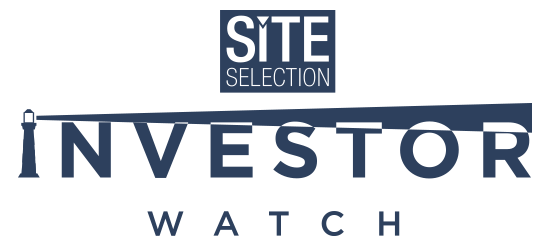|
|
|
|
|
|
|

|
|
|
|
AI Challenges Traditional Site Selection
We are bombarded daily by announcements of amazing new capabilities in generative artificial intelligence, cybersecurity and predictive analytics. Yet how many of us are convinced that we can ask ChatGPT to choose the optimal location for our next manufacturing plant or distribution center? For now, write Tracey Hyatt Bosman and Carissa Foley of Biggins Lacy Shapiro & Co., the answer is a resounding “not many, if any.”
|
|
|
Read More >>>>
|
|
|
|
|
|
|
|
|
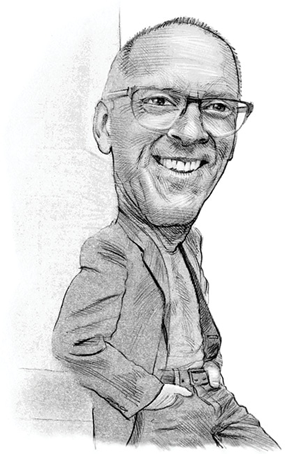
|
|
|
EDITOR’S VIEW
The Waiting Is Was the Hardest Part
In 1983 when Site Selection Founder McKinley “Mac” Conway launched an electronic industrial site information service called SiteNet, step No. 1 for users was “Set up your computer with telephone modem switched to 300 baud, full duplex, 8 bit, no parity.” We’ve come a long way, baby.
|
|
|
Read More >>>>
|
|
|
|
|
|
ADVERTISEMENT

|
|
|
|
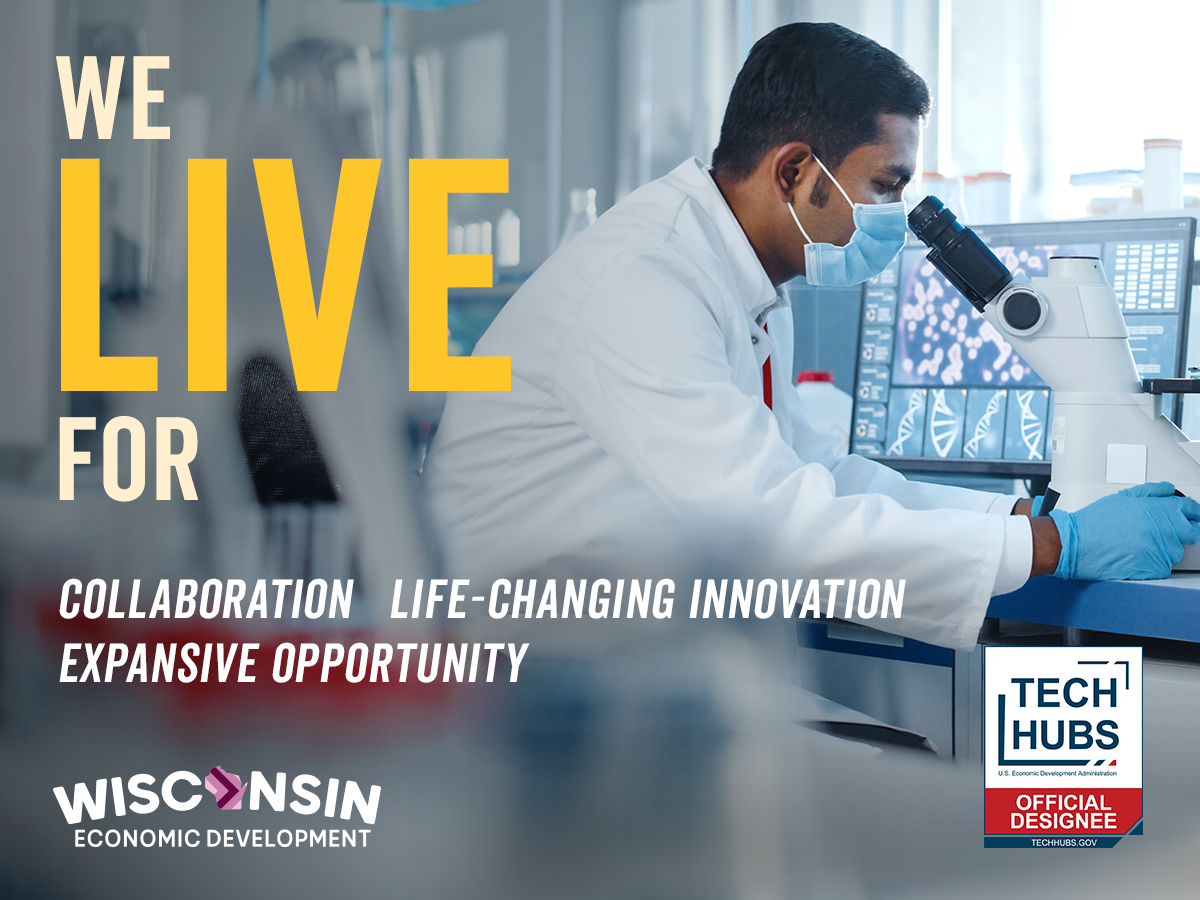
|
|
|
|
|
Recently designated a Regional Tech Hub by the U.S. Economic Development Administration, Wisconsin offers unique advantages to biohealth companies. Whether your focus is medical devices, life sciences, pharma, research, or innovation, you’ll find a thriving biohealth sector, low overall risk, and prime locations throughout Wisconsin.
Central Location and Robust Infrastructure
- Situated between Chicago and Minneapolis, with sites less than an hour from their international airports
- Well-developed infrastructure to move goods via rail, road, air or water
Stable, Educated Workforce
- Our biohealth workforce is nearly 50,000 strong
- The statewide University of Wisconsin system awards 41,000+ four-year degrees annually
- The Wisconsin Technical College System provides customized training and 90% of employers said graduates met or exceeded expectations
Geographically and Fiscally Stable
- Low risk of natural disasters
- A stable, low-tax, low-regulation, business-friendly environment
Join the more than 1,700 biohealth companies finding success in Wisconsin. Let’s look forward together.
|
|
Learn about Wisconsin’s biohealth sector >>>>
|
|
|
|
|
|
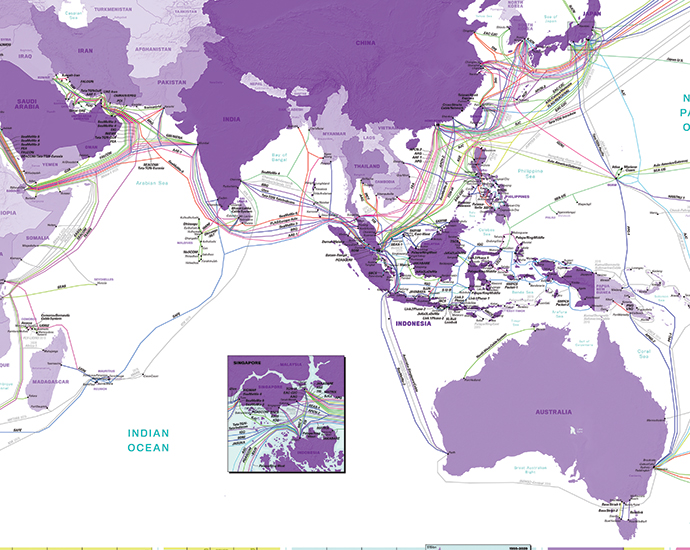
Archived map image courtesy of TeleGeography
|
|
TeleGeography, a company familiar to Site Selection readers from its expertise in mapping worldwide telecommunications infrastructure (including submarine cables), has launched a tool called the Market Connectivity Score that measures current and potential connectivity and data center market size for 3,000 cities. The scorecard tracks 43 data metrics and takes into account such factors as rising energy costs, connectivity and moratoriums on new data center buildouts, as well as new cloud regions, submarine cables, internet exchanges and data center development. The report for Q4 2024 finds Kuala Lumpur, Malaysia, to be the fastest-growing city for near-future connectivity infrastructure growth.
“Anchoring Kuala Lumpur’s status is a top score of 100 for its planned cloud regions,” writes TeleGeography Senior Research Manager Jon Hjembo. “Currently, Alibaba has a cloud region in this market, but Microsoft, Google and AWS are all in the process of deploying there. Kuala Lumpur gets high marks for data centers planned — behind only Frankfurt and Washington, D.C. (NoVA) and tied with Berlin. Other metro areas with high MCS scores, indicating that they are primed for data center expansion in the near future, include Singapore, Frankfurt, Auckland, Bangkok and Santiago de Querétaro, Mexico,” a region explored in a Site Selection Online Insider published in April 2022.
As for current connectivity status, here are the top 10 most connected cities in the world with their scores:
- Frankfurt, Germany | 61.9
- London, U.K. | 61.1
- Tokyo, Japan | 60.0
- Amsterdam, Netherlands | 55.1
- Singapore, | 54.5
- New York, U.S. | 52.4
- Washington, D.C., U.S. | 51.9
- Paris, France | 51.3
- Hong Kong, China | 49.8
- Los Angeles, U.S. | 48.1
How does a Market Connectivity Score relate to emerging tech companies in those regions? Find out more in the Emerging Tech Hubs feature story in the January 2025 issue of Site Selection.
|
|
|
|
|
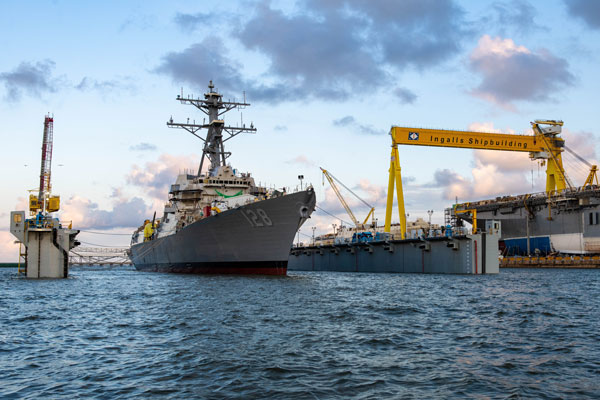
|
|
SHIPBUILDING
Kings of the Sea
“Bolt by bolt, hull by hull, turret by turret, some of the U.S. Navy’s most lethal warships are crafted with painstaking care by Mississippi shipworkers at a sprawling dockyard in Pascagoula,” writes Gary Daughters. And that’s just the beginning.
|
|
|
|
|

|
|
DISTRIBUTION
The Road to the Rest of America
As a crossroads of the South, Mississippi’s unparalleled logistics capabilities and central location make it a vital hub for transportation and commerce in the U.S.
|
|
|
|
|
|
|
ADVERTISEMENT

|
|
|
|
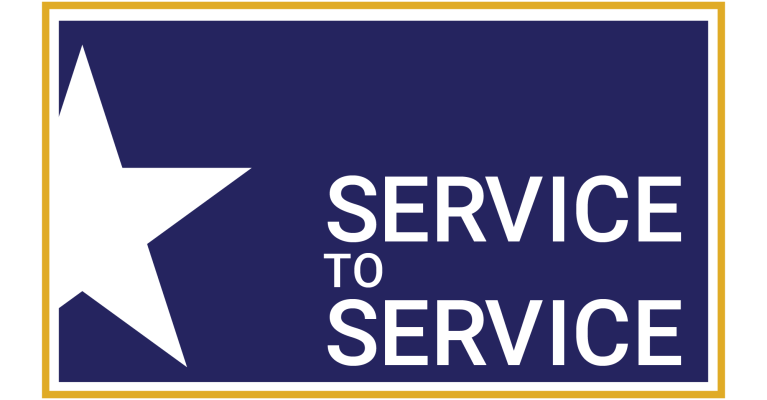
|
|
With Veterans Day approaching next Monday, November 11, we are highlighting over the coming week a number of innovative military veteran programs. The Volcker Alliance in late October launched the Service to Service initiative, a partnership with We the Veterans to help 12 universities’ schools of public service connect veterans and military families with public service education pathways and propel them into stable and impactful careers in public leadership. Participating schools include:
- Arizona State University
- Cornell University
- Pepperdine University
- Syracuse University
- The Ohio State University
- The University of North Carolina at Chapel Hill
- University of Arkansas
- University of California, Berkeley
- University of Central Florida
- University of Kentucky
- University of Michigan
- University of Missouri
“Public trust in veterans is universal and unwavering across America. Importantly, that trust extends to military family members who share a strong commitment and sense of duty to this country,” said Ellen Gustafson, co-founder and executive director of We the Veterans. “As Service to Service Fellows, veterans and military families will embark on postgraduate studies that build on their leadership skills, tap into their patriotism, and position them to bring that trust to influential civic roles.”
|
|
|
|
|

Photos courtesy of Georgia Aquarium and The Home Depot
|
|
|
The photograph above is from the Georgia Aquarium, the popular $290 million attraction in downtown Atlanta that opened on November 23, 2005, thanks to a $250 million gift from The Home Depot Co-Founder Bernie Marcus, who passed away earlier this week at the age of 95. Among other philanthropic acts, Marcus with his wife Billi started The Marcus Institute, which today is the Marcus Autism Center, a not-for-profit subsidiary of Children’s Healthcare of Atlanta that treats more than 5,500 children with autism and related disorders a year, according to a tribute posted this week by The Home Depot. He also founded the Israel Democracy Institute, based in Jerusalem; donated $4 million to the Centers for Disease Control for an emergency anthrax response center; and helped create Project Share in conjunction with The Shepherd Center in Atlanta, renowned for the treatment of brain and spinal injuries.
The photo below is of Marcus with The Home Depot Co-Founder Arthur Blank. Both were fired from Handy Dan Home Improvement Centers in April 1978 and went on to found a company that over 45 years has grown to employ more than 500,000 associates.
“The core values of The Home Depot — taking care of its people, giving back to its communities and doing the right thing — became the fundamental principles of The Marcus Foundation, which Bernie founded in 1989,” his obituary noted. “Since its founding, The Marcus Foundation has granted more than $2.7 billion through 3,500+ grants.” The obituary also noted his devotion to giving back came from his Russian immigrant parents who raised him in a tenement in Newark, New Jersey, and taught him the Jewish tradition of tzedakah, a Hebrew word meaning “justice” or “righteousness” that is lived through acts of philanthropy and charity.

|
|
|
|
|
